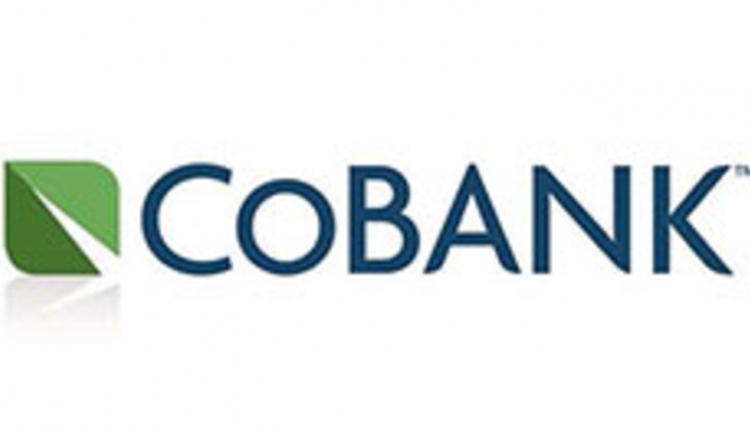
It’s not uncommon to hear dairy consultants talk about “rightsizing” a farm’s heifer herd to avoid raising too many replacements. The flip side, though, is ensuring enough replacements to meet a dairy’s needs.
“It’s a delicate balance. You want to have animals at the ready, so you can make the culling decisions that you want to make,” said Rob Lynch, D.V.M. “But you don’t want to have so much extra inventory around because that’s expensive. It’s a delicate line to walk.”
Lynch, a dairy herd health and management specialist, discussed heifer inventory management during a recent Cornell Cooperative Extension “Dialing into your best dairy” podcast.
“Culling policy and inventory management influence each other, but they are very different,” Lynch noted. He explained that inventory management must take into consideration long and short to medium-term planning steps so that a dairy can meet their goals.
Lynch posed the question, “How many animals am I going to need in the future?” This number is what a farm needs to know when making current breeding and culling decisions.
“The dairy needs enough animals in each age group to ensure that future culling decisions are not constrained by a lack of available replacements,” he shared.
Farms should have a culling policy in place, Lynch said; one for the milking herd, and one for the heifer herd. A dairy has to evaluate the potential threats — to animal health and to the business — and build their inventory accordingly.
“On the milking side, ideally, you always want to have a good replacement animal at the ready to take a cow’s place when it is time to be sold,” Lynch said. “There are very few situations when an open stall is preferable to an occupied stall.”
Need more heifer data
There are several benchmarks that can be used to set culling protocols in milking animals. It’s a different story for heifers.
“We don’t have as much data to rely on in our replacement herd, but there should be culling policies in place here as well,” Lynch said. “Not every heifer gets to grow up and be a milk cow.”
He suggested taking into account health records and genetic potential (pedigree or genomics). Heifers must also meet the herd’s reproductive standards to get into the milking herd in a timely fashion.
To fairly evaluate heifers, “Keep good health records, and then record accurately and consistently,” Lynch said.
He encouraged farms to track overall heifer growth, not necessarily as a determining factor for individual culling, but more so to evaluate a farm’s heifer feeding, management, and environment. “That’s really good information to have,” he said.








